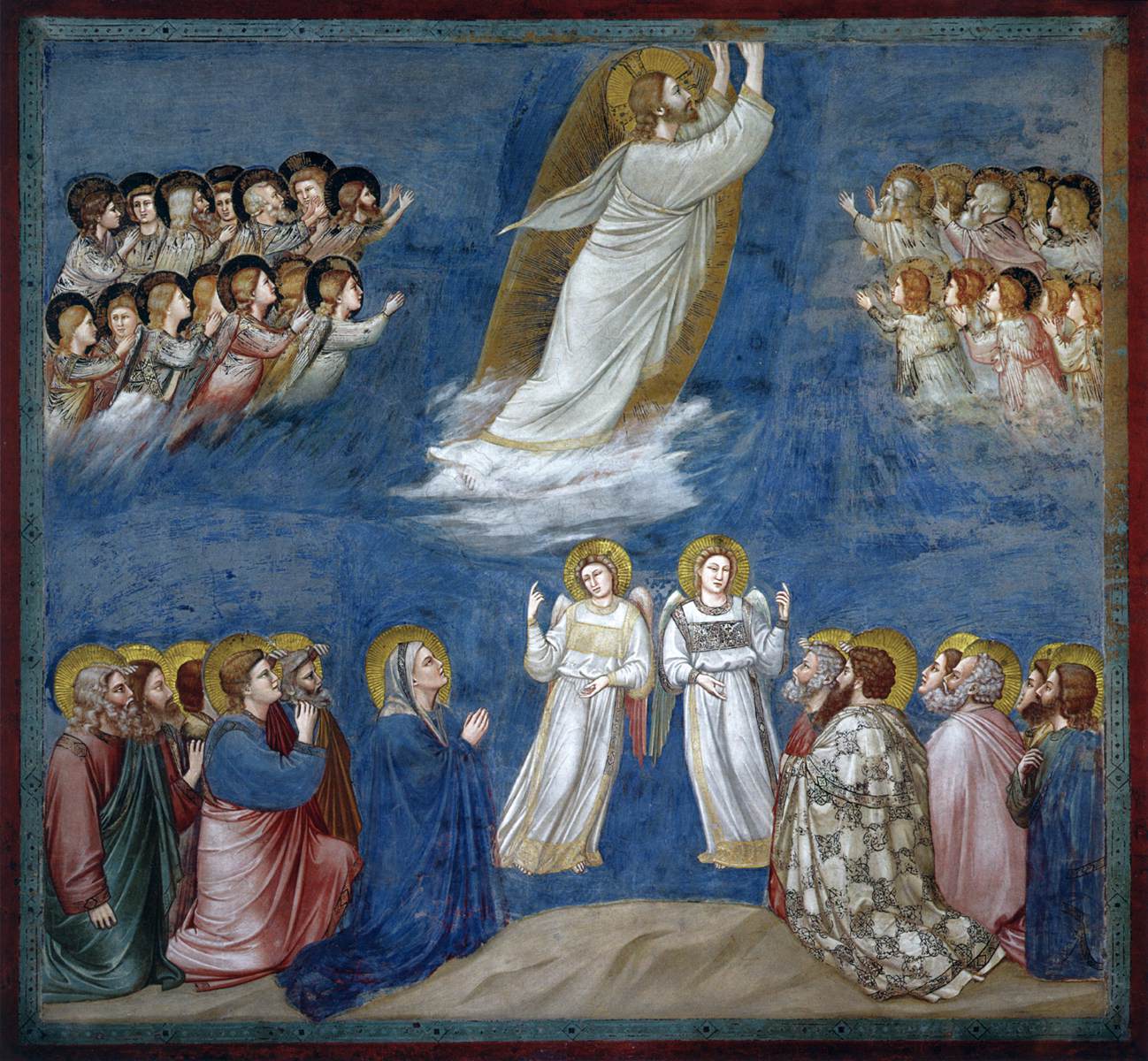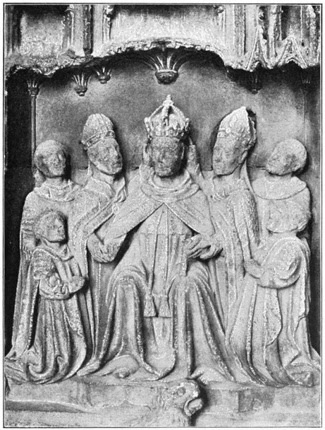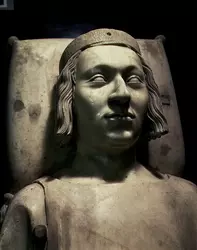The BBC News website has an article about the realisation by a Cambridge academic that a manuscript now in the National Library of Scotland contains a booklet from about 1480 that outlines a series of comedy pieces given at a feast or entertainment in a village on the borders of Derbyshire and Nottinghamshire. It was created by a scribe who recorded that it was made “By me, Richard Heege, because I was at that feast and did not have a drink.”
What emerges from Heege’s account is very human, an enjoyment of humour, something we sense must have happened, yet something which leaves precious little in the literary record. What this manuscript gives us is, if you like, the spoken entertainment at the sort of village revelry depicted half a century later by Peter Bruegel the Elder. It also apparently gives the first recorded use of the phrase a “red herring” as opposed to the thirteenth and fourteenth century “heryng red” for a kipper.
The BBC article can be seen at Rare manuscripts reveal medieval 'stand-up comedy'
It is worth following the link which is given in it to the full article in the Review of English Studies and reading that. It can also be seen at Entertainments from a Medieval Minstrel’s Repertoire Book
The article places the manuscript very clearly in a specific area to which Richard Heege belonged as tutor to the Sherbrooke family, member of the Derbyshire gentry.
The discovery of the text is also reported on by the ITV news website at 'Mad and offensive' medieval comedy scripts compared to Monty Python sketches







